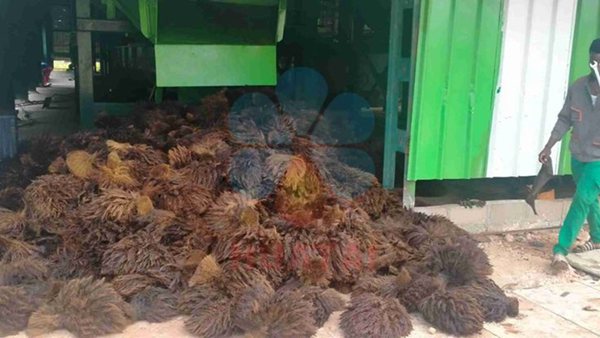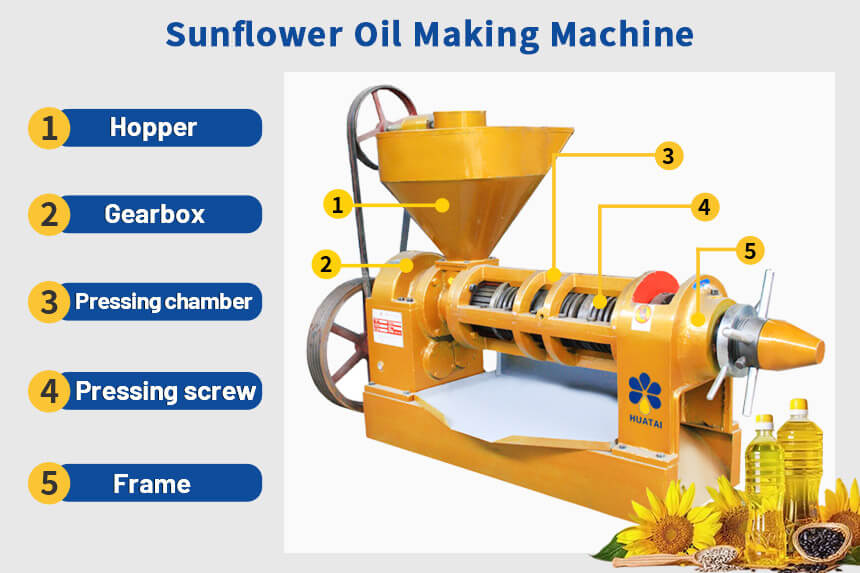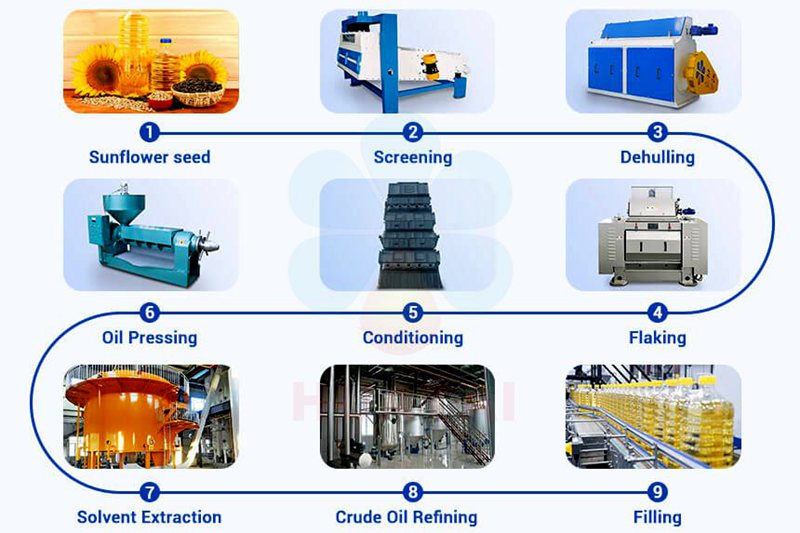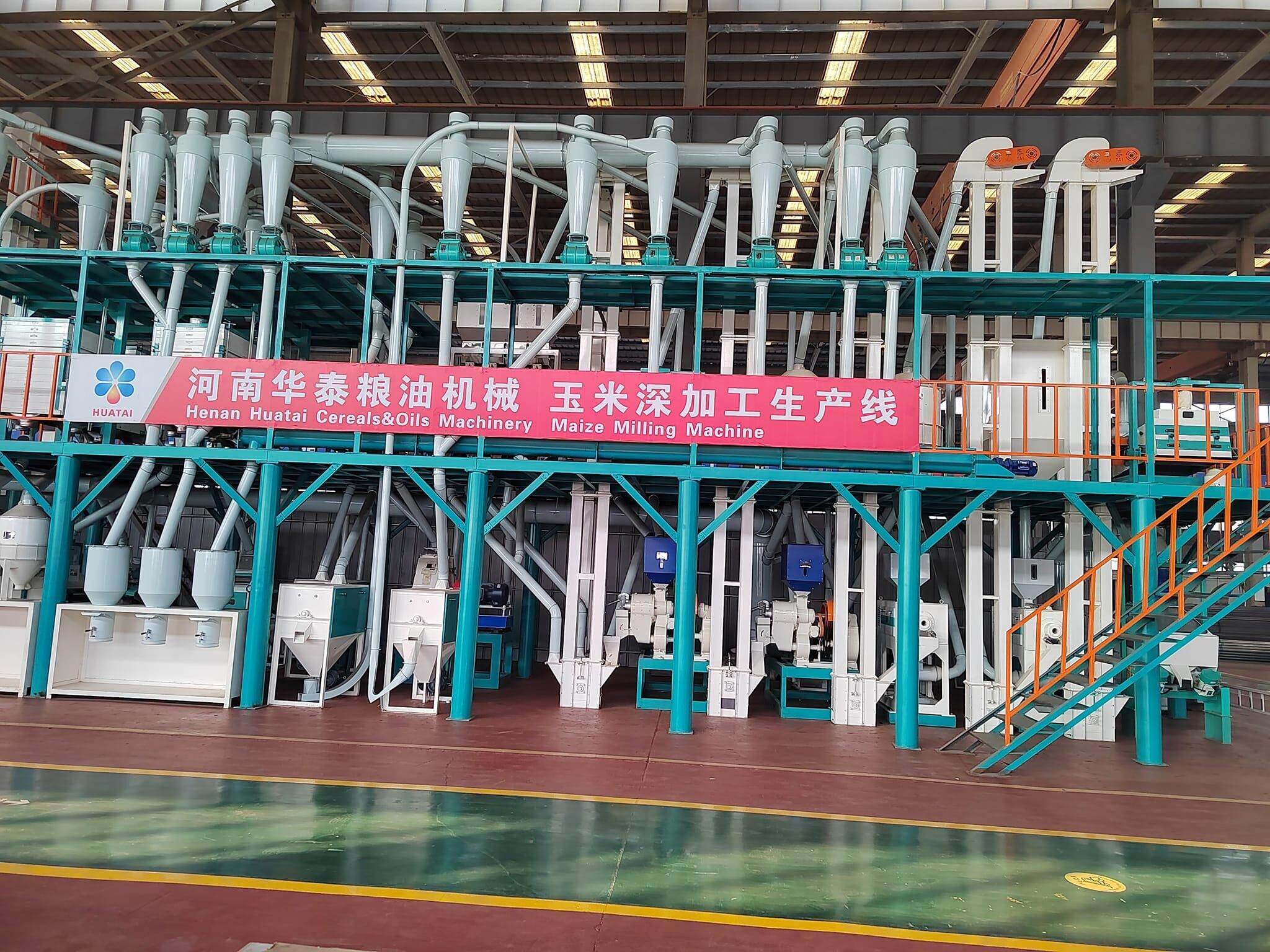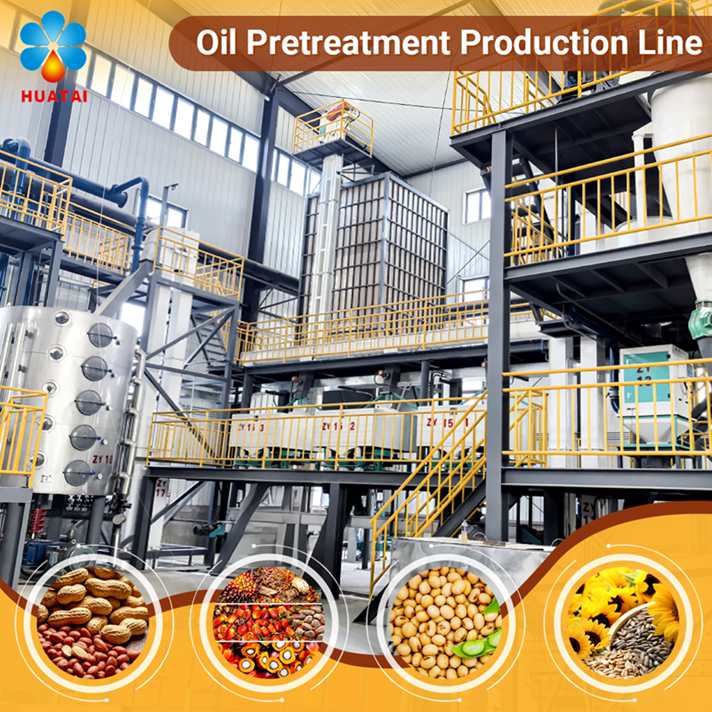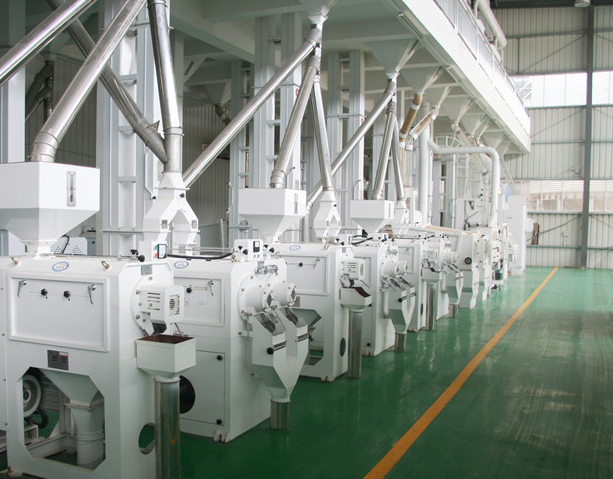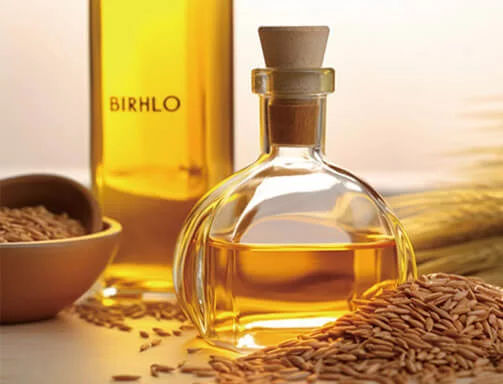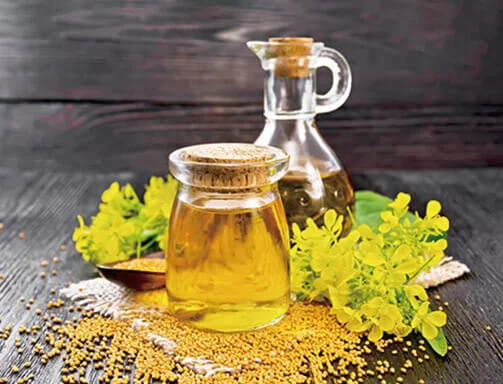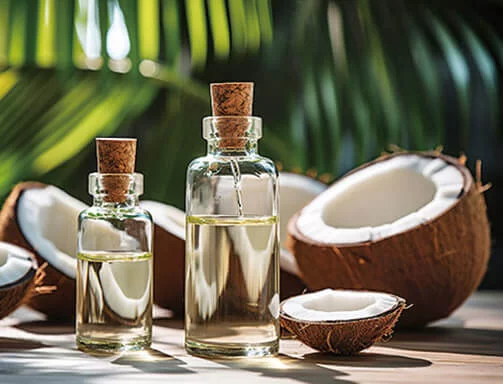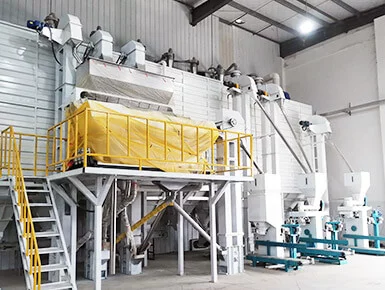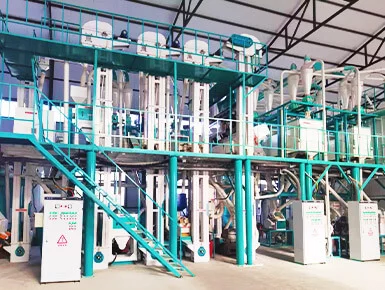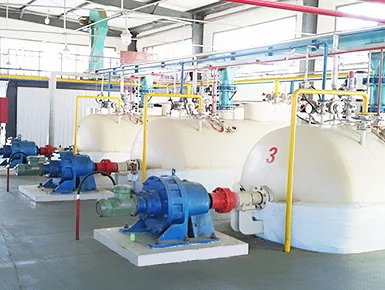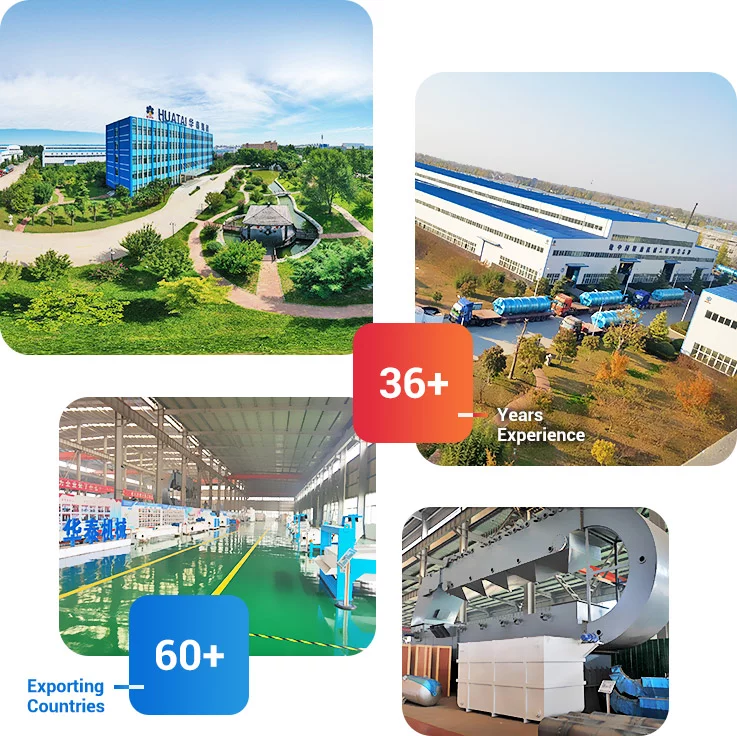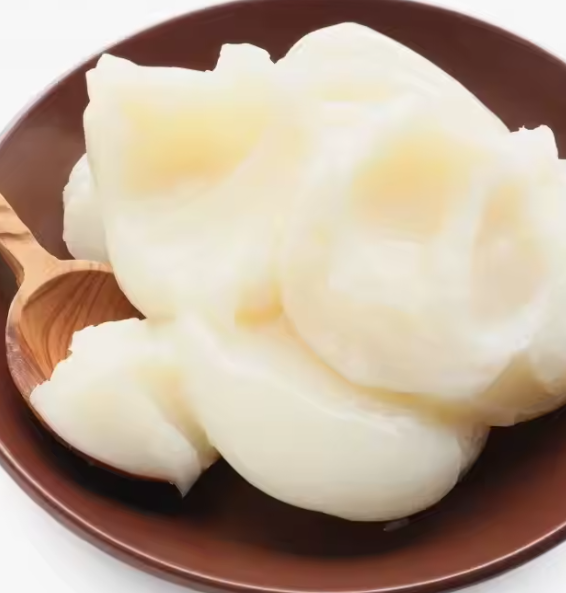
Animal oil refining
Although the refining process of animal oil is complicated, every step is crucial. The refined animal oil is not only fragrant and nutritious, but also carries the ancient food culture and wisdom of mankind. With the advancement of science and technology, modern refining equipment has been constantly innovating on the basis of retaining the essence of traditional technology, making the production of animal oil more efficient and environmentally friendly, meeting the needs of modern people for high-quality edible oil.
Animal oil refining, this ancient and unique skill, carries the heavy history of human wisdom and life. Animal oil, as a treasure among ingredients, not only enriches the taste of dishes, but also contains rich nutritional value. And all of this is inseparable from the delicate refining process.
To refine animal oil, first of all, you need to select high-quality animal fats, such as lard, beef tallow, etc. High-quality raw materials are the key to ensuring the quality of oil. In the traditional method, people will cut the fat into small pieces for subsequent refining. Then, slowly add clean water to the pot. The amount of water should not be too much, just enough to cover the fat blocks. This step is to make the fat evenly heated through the thermal conductivity of water to avoid local overheating and burning.
As the temperature rises, the water gradually evaporates, the fat begins to melt and release oil. At this time, the control of the heat is particularly important. Keep the fire medium or low, slowly simmer, and let the oil slowly precipitate. In this process, you need to stir constantly to prevent the fat from sticking to the pan. Over time, the color of the oil will gradually become lighter and the texture will become clear and transparent.
When the oil is simmered to a certain extent, it needs to be filtered to remove impurities. Traditional filtering methods often use gauze or bamboo strips to filter the boiled oil into a clean container. The filtered animal oil has a bright color and a fragrant aroma. It can be stored for a long time and used to cook various delicacies, adding a unique flavor to the dishes.
In modern life, although the use of vegetable oil is more common, the unique taste and nutritional value of animal oil are still irreplaceable. Understanding and mastering the animal oil refining skills is not only a heritage of traditional culture, but also can bring us the dual enjoyment of deliciousness and health in daily life.
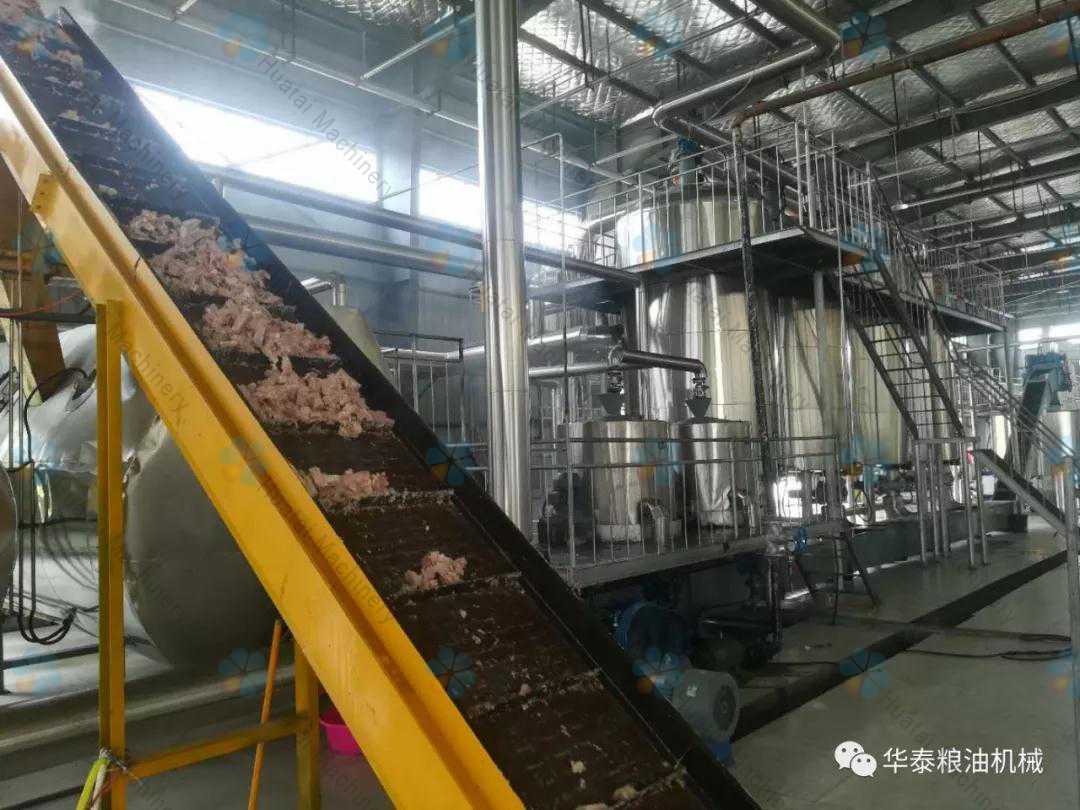
The process of animal oil refining of Huatai Group mainly includes the following steps:
Unpacking and crushing: After the raw materials are unpacked, they are transported to the crusher through a scraper conveyor and crushed into uniform particles, thereby increasing the surface area of the raw materials, improving the refining speed and oil yield.
Pre-melting and thawing: The crushed raw materials are preheated at high temperature in the preheating pot, heated, stirred and thawed by heat transfer oil to achieve a solid-liquid mixed state suitable for vacuum transportation, so as to facilitate the subsequent refining process.
Negative pressure refining: The preheated raw materials are sent to the refining pot for heating and refining, and the vacuum jet pump is turned on to put the pot in a negative pressure state. This ensures that the materials are heated evenly, do not stick to the pot, and effectively prevent the raw materials from burning.
Dehydration and deodorization: Under vacuum conditions, the water vapor and odor molecules generated during the refining process of the raw materials will be quickly separated from the oil, and then flow into the water spray deodorization tower with the vacuum pipe to further remove the odor in the oil.
Oil residue separation, pressing, and filtration: The refined oil residue mixture enters the oil residue separator for rough separation. Oil residue larger than a certain size enters the oil press through the oil residue scraper and is pressed into oil cakes, which can be used as animal feed. The mixture of fine oil residue and crude oil will be pumped into the filter for fine filtration to obtain finished oil.
In addition, depending on the specific oil type and quality requirements, the animal oil refining process may also include other steps, such as alkali refining, hydrolysis, steam distillation, freezing and deodorization, to further remove impurities in the oil and improve the quality and stability of the oil.
![]() Service Coverage
Service Coverage
![]() FAQ
FAQ



